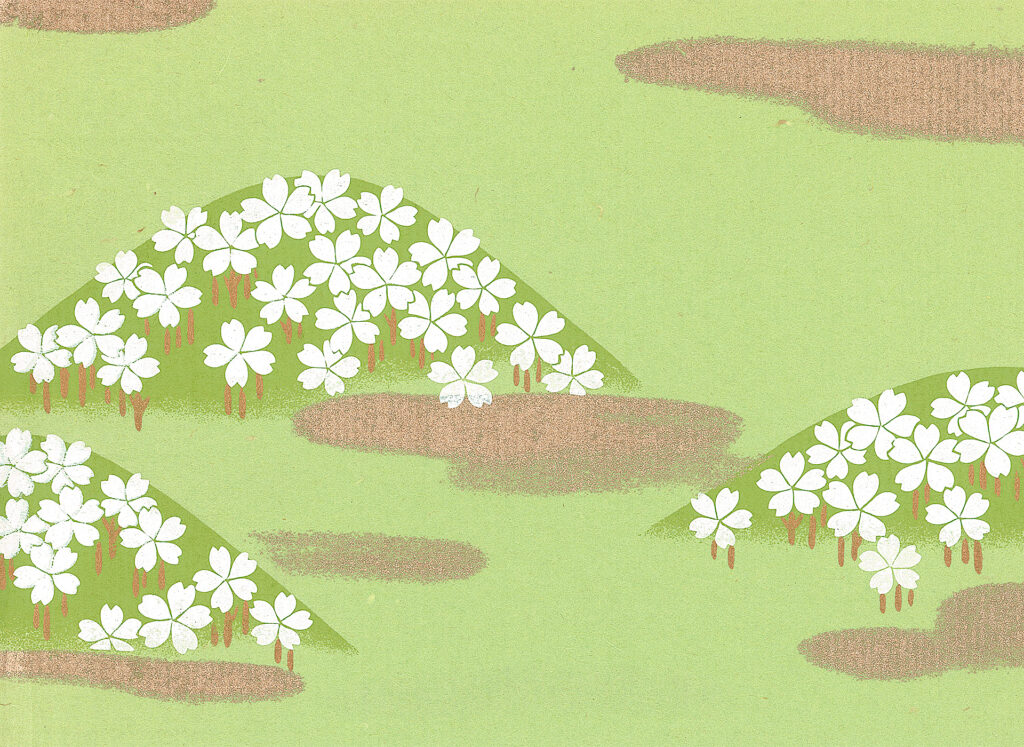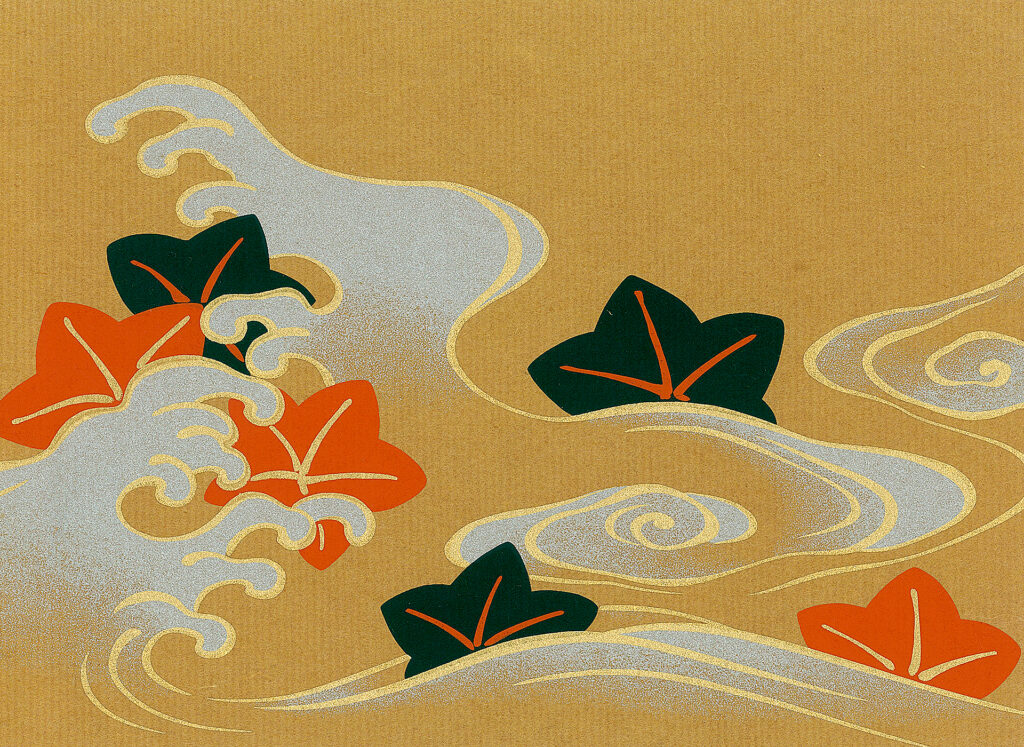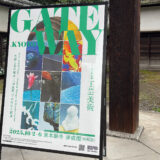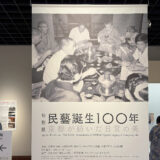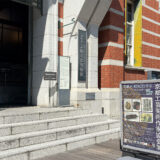Waka poetry, one of the oldest forms of Japanese literature, is more than words—it’s an emotional and spiritual expression that has influenced art, craft, and culture for over a thousand years1.
What Is Waka?
Waka is a classical form of Japanese poetry that originated during the Asuka and Nara periods and became highly refined in the Heian era. The most iconic type is the Tanka, a 31-syllable poem with a 5-7-5-7-7 rhythm2.
Rather than expressing feelings directly, poets conveyed their emotions by depicting seasonal landscapes and fleeting natural moments. This technique gave rise to the deeply introspective and aesthetic qualities that characterize traditional Japanese culture3.
The Meaning of *Uta-makura*: Poetic Place Names in Japanese Culture
A distinctive element of Waka poetry is Uta-makura—“poetic place names” that evoke powerful cultural or seasonal imagery. Often linked with natural beauty or historical associations, these names became poetic symbols shared widely among literary circles4.
Examples include:
- Yoshino (Nara Prefecture): associated with cherry blossoms and the transience of spring.
- Tatsuta River (also in Nara): associated with autumn leaves and seasonal change.
These place names allowed poets to express emotional depth using minimal words, relying on the cultural resonance of the location5.
Uta-makura in “Kogei” Traditional Japanese Craft Art
The symbolic richness of Uta-makura also found its way into Japanese decorative arts, particularly in works produced during the Heian and Edo periods. Artisans often decorate objects with motifs inspired by famous poems and poetic places6.
For example:
- Porcelain with Yoshino cherry blossom designs.
- Textiles and screens featuring the red leaves of the Tatsuta River.
These works of craft art are not merely ornamental. They are visual expressions of the same poetic sensibility that underlies traditional Japanese literature and aesthetics7.
Why Waka and Uta-makura Still Matter Today
In an increasingly fast-paced, digital world, Waka poetry and Uta-makura offer a timeless perspective that values reflection, seasonal awareness, and emotional subtlety.
For collectors, designers, and enthusiasts of Japanese culture, understanding these poetic traditions adds new depth to the appreciation of Japanese crafts and visual arts. Whether exploring Kyoto’s artisan works or admiring a lacquer box, you engage with a living tradition shaped by centuries of poetic thought8.
By connecting with the spirit of Waka, you’re not just observing beauty—you’re participating in a cultural legacy that unites nature, art, and human emotion.
—
References
- Keene, Donald. *Seeds in the Heart: Japanese Literature from Earliest Times to the Late Sixteenth Century*. Columbia University Press, 1999. ↩︎
- Miner, Earl. *Japanese Poetic Diaries*. University of California Press, 1969. ↩︎
- Shirane, Haruo. *Japan and the Culture of the Four Seasons: Nature, Literature, and the Arts*. Columbia University Press, 2012. ↩︎
- Shirane, Haruo. “The Aesthetics of Place: Poetic Topography in Early Japanese Poetry.” *Harvard Journal of Asiatic Studies*, Vol. 56, No. 2 (1996). ↩︎
- Brower, Robert H., and Miner, Earl. *Japanese Court Poetry*. Stanford University Press, 1961. ↩︎
- The Metropolitan Museum of Art. “Decorative Arts in Japan: Heian to Edo Period.” (https://www.metmuseum.org/) ↩︎
- Tokyo National Museum Exhibition Catalogs – “Poetic Landscapes in Japanese Art.” ↩︎
- The British Museum. “Uta-makura and Symbolism in Japanese Visual Culture.” (https://www.britishmuseum.org/) ↩︎
Revised on April 15, 2025
